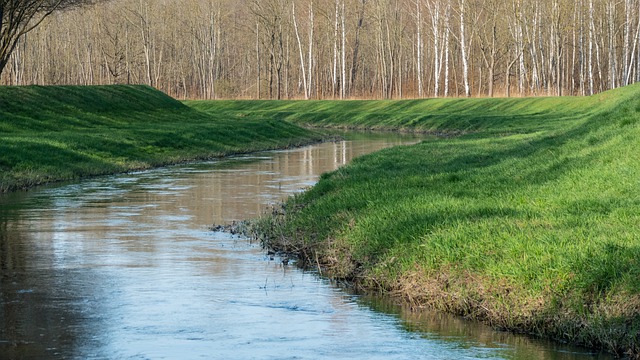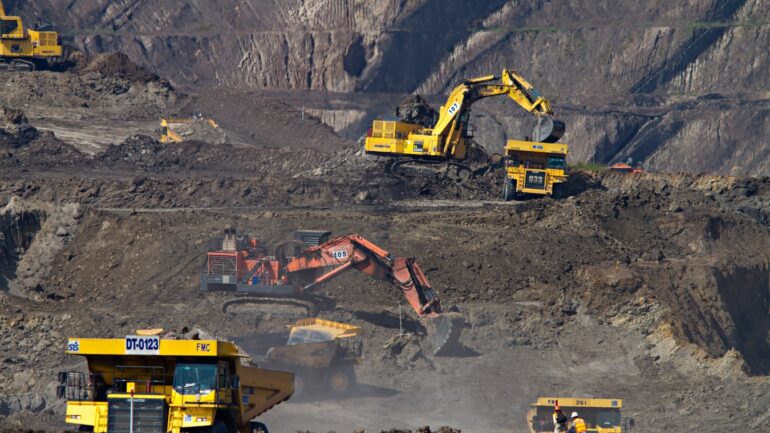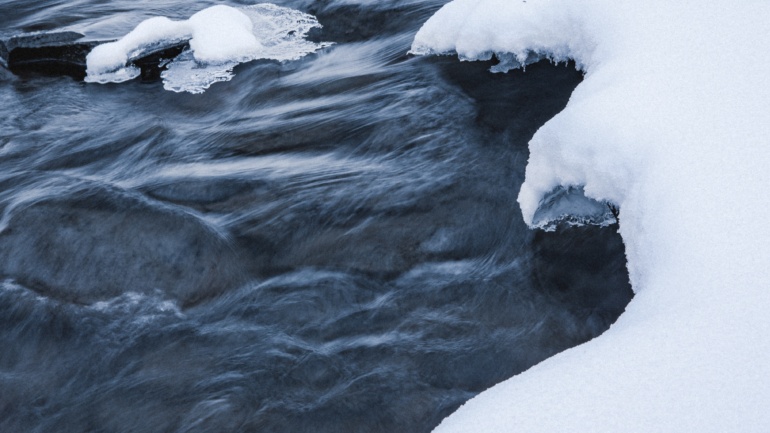By Hoang-Nam Vu, Staff Writer for Save The Water™ | March 26, 2016
Introduction
The Potomac River originates from two branches in West Virginia’s Appalachian Mountains. After uniting around Cumberland, Maryland, the river then empties into the Chesapeake Bay. With a 383- mile course, it serves as a natural boundary between Maryland and Virginia. The Potomac River is also the famous river of Washington D.C. Its scenic beauty provides a recreational area for surrounding citizens.2
Because of the river’s regional prominence, it was noted about a month ago that a thin layer of oil was found on the surface of a small section of the river. Reportedly, on January 24th a transformer failure caused 13,500 gallons of a mineral oil substance to spill.3 In early February, when residents noticed a rainbow-colored film around the station. Since then, the Coast Guard has identified the substance as a fuel oil. On February 10th, through sample analysis, it found that the water contained “moderately weathered intermediate petroleum oil.”1
Harmful Impacts of Oil Spills and Oil Sheens
Oil sheens are rainbow-colored films that form on the surface of the water when oil is discharged and indicate contamination in the water. While oil sheens may sound benign, they can be as deleterious as oil spills themselves. Both, however, are infamous for their detrimental effects on the environment.
The poisonous chemical constituents in oil can harm living things. Exposure is both internal through ingestion or inhalation and external through the skin and eye irritation. “Oil can also smother some small species of fish or invertebrates and coat feathers and fur, reducing birds’ and mammals’ ability to maintain their body temperatures.”4
These organisms include animals like sea otters and seabirds. More than any other creatures, seabirds suffer harm and die in higher numbers. “Sea otters can easily be harmed by oil since their ability to stay warm depends on their fur remaining clean. If oil remains on a beach for a while, other creatures, such as snails, clams, and terrestrial animals may suffer.”4 Oil spills, on a large or small-scale, can detract from the biodiversity and the general health of an ecosystem. The oil sheen in the Potomac River was no different. “The oil in the river affected birds in the area. Of all, 52 birds, mostly Canadian geese were found covered in the oil. So far, 21 birds have died from their injuries.”3
Cleaning Up
Many measures have been taken to remedy the situation, however. Dominion Power has accepted full responsibility for the spill and will most likely have to pay for damages. As of mid-February, Dominion publicized that it had recovered more than 95% of the spilled oil product. The Coast Guard also stated that its duty is to ensure that the source of the spill is secure. According to Incident Commander Michael Keane, no “additional areas of the rainbow-colored film has been seen in more than 24 hours.”3 He added that the oil continues evaporating. In terms of monetary cost, the ”exact cost of the cleanup and response hasn’t been calculated. The Coast Guard is dipping into its oil spill trust liability fund worth $250,000, but has yet to meet that mark.”3
Helping the Wildlife
Measures have also been taken to defend the wildlife affected by the sheen. The Coast Guard planned to use a deterring technique to keep birds from approaching the area. A wildlife biologist with with the U.S. Fish and Wildlife Services, Peter McGowan said, “‘The use of small pyrotechnics to deter birds from using particular areas during an oil response is a commonly employed technique utilized by wildlife biologists to minimize the negative impacts of oil to birds and other wildlife.’”5 In addition to this preventive measure, “the Tri-State Bird Rescue & Research is continuing to rehabilitate impacted birds at their facility in Delaware.”5
References
- 3Alexandria News. February 11, 2016. “Additional Results From Investigation Of Potomac River Oil Sheen.” https://www.alexandrianews.org/2016/02/initial-results-received-from-potomac-river-oil-spill/
- 1Encyclopædia Britannica. 2016. “Potomac River.” Encyclopædia Britannica. http://www.britannica.com/place/Potomac-River.html
- 2Mike Murillo. February 12, 2016. “Dominion Power accepts responsibility for Potomac River oil sheen.” WTOP. http://bit.ly/1TlPcto
- 4National Ocean Service Office of Response and Restoration. March 4, 2016. “How Oil Harms Animals and Plants in Marine Environments.” http://bit.ly/1eVTZAG
- 5U.S. Coast Guard. February 10, 2016. “Unified Command Continues Response to Potomac River Oil Sheen.” Military.com. http://bit.ly/2s9a6oR





